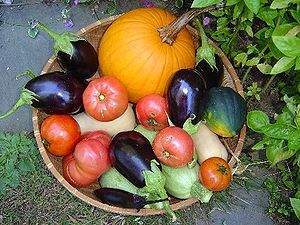By Carlos G. González Ruiz
Agroecology promotes agricultural production by conserving the basic natural resources of food production such as soil, water and biodiversity. This cultivation technique guarantees healthy productions and constitutes an alternative through which it is possible to achieve high yields.
The agroecological movement From peasant to peasant, since its inception and to date, has as an elementary premise to integrate the largest number of producers, adequately train them and urge them to the incessant search for new actions that promote their work in the different arable areas.
It is powerfully striking that the relationships between biotic and abiotic elements become results hand in hand and relatively easy to achieve, only achievable with the necessary dedication and patience.
Agroecology integrates traditional knowledge with modern technical knowledge to obtain production methods that respect the environment and society, in order to achieve not only productive goals, but also social equality and ecological sustainability of the agroecosystem. It is a simple environmental principle, which regenerates the agrarian cycle and rescues local knowledge about the environment; that as a healthy and economically viable environmental technological strategy, it serves the needs of the population.
The fundamental purpose in an agricultural production system is to keep the soil biologically stable, as a space where the conditions are created to maintain a healthy soil in balance, which provides us with a healthy plant.
Compost, vermiculture, litter, and many other examples constitute agroecological techniques with proven results in dissimilar crops, to which are added pesticides and competent strategies based on viable alternatives that do not use chemical elements in their composition.
Thus, agroecology requires obtaining greater production in each agricultural area and achieving healthy crops that contribute to the health of the individual when ingesting these foods.

